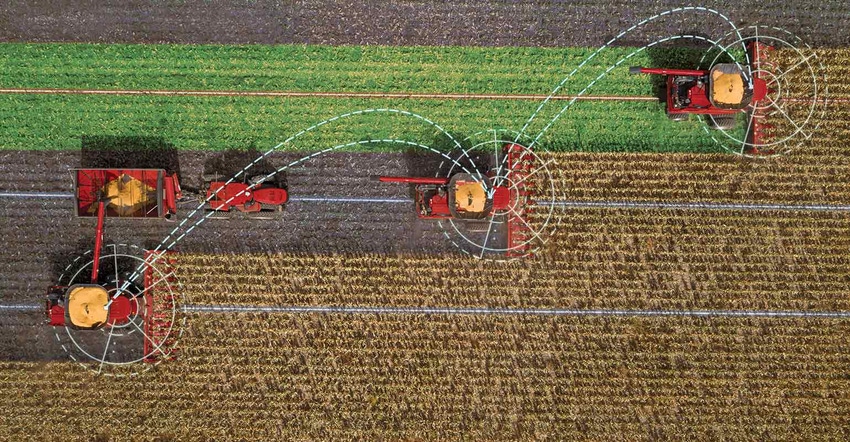November 1, 2022

Sponsored Content
Think of advancements in farming as adding new tools to a tool belt. Each technological step forward becomes an essential one to keep producing for our growing communities. Thousands of years ago, irrigation was a tool that radically improved the tool belt; more recently, the invention of the tractor enhanced the tool set even more.
Now, a newer tool — autonomy — is evolving the producer tool belt once again. Instead of looking at autonomy as a single tool, it’s helpful to look at autonomous practices as a series of upgrades that continue to increase the productivity of an operation with every step.
That’s the thinking behind the categories of automation, which Case IH developed to explain the farmer’s journey toward becoming more efficient in the field. By implementing new technology in stages that become increasingly advanced, producers can use the level of autonomy that fits their specific needs at any time while giving farmers full control over their farms.
Solutions in each category are driven and developed as a result of extensive producer input and research. To track where your operation rests on the path to autonomy, use the following five categories of autonomous practices.
Category 1: Guidance
The first step on the path to autonomy is guidance, which involves any machines that rely on autoguidance steering to help operators more precisely meet demands on the farm. Guidance technology helps prevent skips and overlaps, ensures seedbeds stay agronomically effective and lets novice operators produce results similar to seasoned veterans out in the field.
Category 2: Coordination & Optimization
A step above basic guidance technology, coordination and optimization automation refers to any data-sharing technology that enables communication between vehicles in the field, leading to better path planning and remote monitoring.
Category 3: Operator-Assisted Autonomy
Operator-assisted autonomy takes guidance technology one step further. By automatically adjusting settings in the cab, such as turning on headlands or fine-tuning combine and tillage settings, operators can routinely experience even, consistent results that are specific to their operations and field conditions. Moreover, equipment outfitted with operator-assisted autonomy can help operators make judgment calls based on the surrounding environment.
Category 4: Supervised Autonomy
Supervised autonomy refers to nonlocalized management of a fleet of machines. For instance, growers who take advantage of supervised autonomy might manage multiple vehicles — such as a tractor and grain cart — all from one cab.
Category 5: Full Autonomy
The final step on the path to autonomy, full autonomy brings together every previous step of automation technology to create a seamless experience. With full autonomy, growers can fully operate and monitor machine tasks remotely and redeploy resources without ever setting foot in the cab of a tractor, spreader or combine.
Advancing Your Autonomy Tool Belt to Benefit Your Operation
The beauty of expanding an autonomy tool belt is that it can happen in stages — as new tools are needed, producers can integrate another level of autonomous practices into their operation. With every stage, productivity, efficiency and labor reallocation benefits improve, helping day-to-day operations become simpler and more effective over time.
That’s the power in the path to autonomy: technology offers efficiency opportunities anywhere growers fall along the path.
To discover how autonomous practices could benefit your operation, learn more about the path to autonomy from Case IH.
About the Author(s)
You May Also Like




